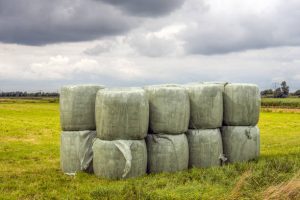
A silage wrap is a type of herb garden wrap intended to be put around the plant for protection and to give it nutrients. It is also known as a sheath and is often a way of protecting the plant from harsh weather conditions and wildlife attacks. Many people have developed their tastes when buying these silage wraps, and it can often be pretty difficult to figure out what you want. This article aims to provide you with some basic information on the different types of wraps available and hopefully will give you a better idea of what to look for when you go shopping for one.
The first thing to look for when buying silage wrap is whether or not it has been treated with pesticides. Silage is traditionally native to the Andes mountains, and the leaves have been used for healing and preserving food since ancient times. While there is some controversy concerning the safety of pesticides, many believe that they are perfectly safe to use if you know what you are doing. If you choose to make your silage, you may want to avoid using the pesticide variety if you can, as it can harm both you and the plants in your garden.
There are a few options when it comes to the actual type of plant material that the wrap is made from. You can choose a variety of grass known as red clover, similar to the alpaca’s leaves. This type of grass tends to be more compact, meaning that it will take up less space when you plant it. Red clover can also hold more moisture, so it will be a good option if you are not growing any foliage on your own.
How long it takes to grow depends entirely on you, although the rule of thumb is that the bigger the plant you want to wrap, the longer it will take to cover. Some types of silage, such as wild yam, are much quicker to grow, but they also tend to be more fibrous. If you are looking for a quick way to add more colour to your lawn, or if you are looking for a natural deterrent against insects, then this may be a good choice. Some people prefer to let their silage sit until late autumn or early winter before silage wraps it and brings it indoors to the patio. Others will move their plants into the house and cover them with landscape fabric before repotting them in spring.
The final piece of information you need to know about silage wraps is how much you need to buy. Depending on where you live, you may not even need to spend a penny on the grass because it will be delivered anyway. However, if you live in a particularly arid climate, then it’s worth buying a premium grade product. These will give you more colour and texture, and protection from the drought and harsh environmental elements. They also taste much better than the cheap ones you’ll find in a supermarket. Most importantly, though, you’ll need to ensure that you have plenty of space to surround your new planting beds, as this will ensure that the hay dries out correctly and does not turn into a weed.